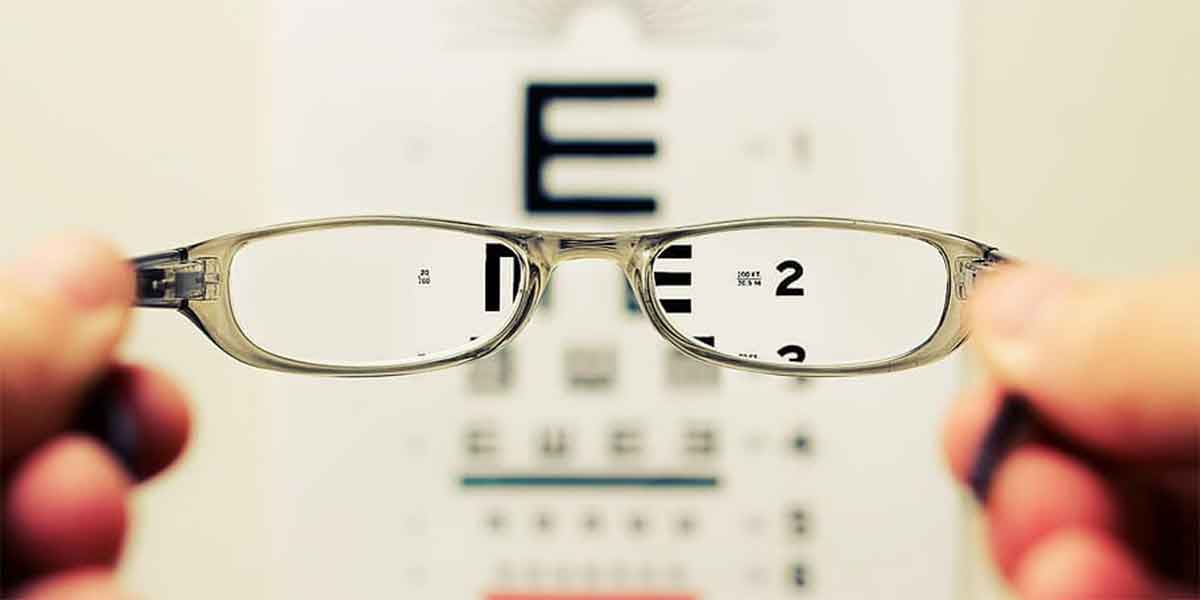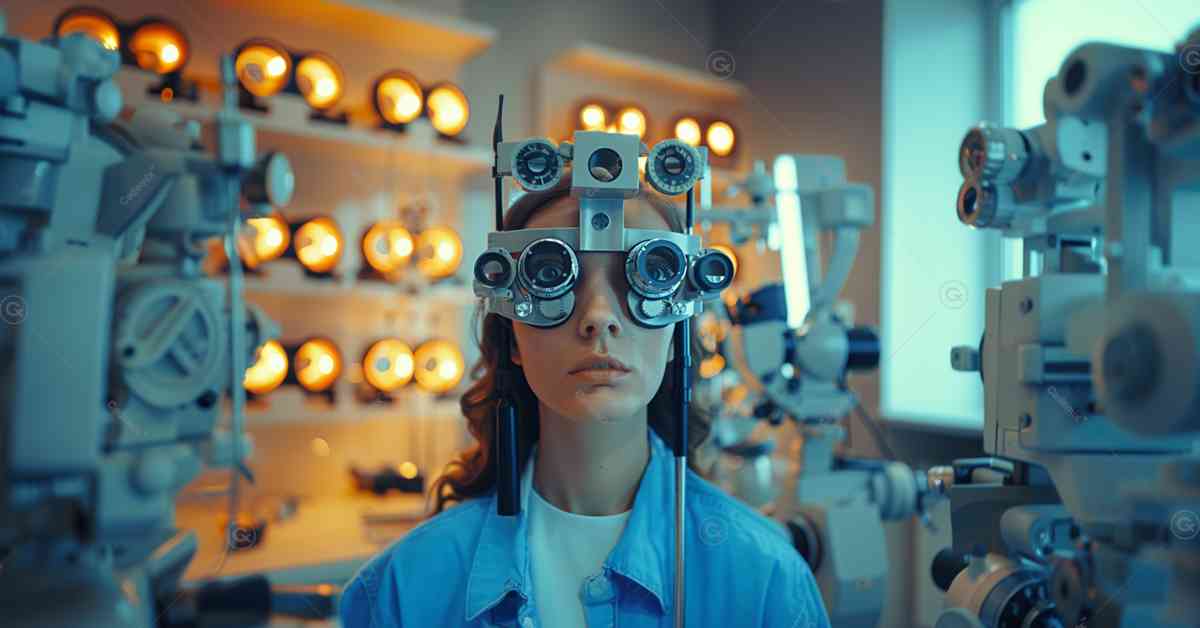Eyeglass lens replacement is an essential service for those who wear glasses, ensuring clear vision and extending the life of your frames. Whether you need to update your prescription, repair damaged lenses, or switch to a different type of lens, understanding the process and options available is crucial. This guide covers the benefits, types, and considerations for eyeglass lens replacement.
eyeglass lens replacement, vision correction, types of eyeglass lenses, lens replacement benefits, replacing damaged lenses, optical services, choosing the right lenses, eyeglass maintenance

Benefits of Eyeglass Lens Replacement
Improved Vision
Updated Prescription
Replacing your lenses with an updated prescription ensures that your vision remains clear and accurate. Over time, your eyesight can change, necessitating new lenses to correct these changes.
Enhanced Clarity
New lenses can provide better clarity and reduce distortions, especially if your old lenses are scratched or damaged. This can significantly improve your overall visual experience.
Extended Frame Life
Cost-Effective Solution
Replacing the lenses while keeping your existing frames is a cost-effective way to maintain your glasses. High-quality frames can last for years, and updating the lenses can save you the expense of buying new frames.
Sustainability
By reusing your existing frames and only replacing the lenses, you contribute to reducing waste and promoting sustainability.

Access to Advanced Lens Technology
New Materials and Coatings
Lens technology continually evolves, offering improved materials and coatings that enhance durability, reduce glare, and provide UV protection. Replacing your lenses allows you to benefit from these advancements.
Customized Options
Modern lenses can be customized to meet specific needs, such as blue light blocking, photochromic (transition) lenses, and high-index lenses for thinner, lighter eyewear.
Types of Eyeglass Lenses
Single Vision Lenses
Purpose
Single vision lenses have one prescription power throughout the entire lens, correcting either nearsightedness, farsightedness, or astigmatism.
Benefits
- Simplicity: Easy to use and ideal for those who need correction for one type of vision issue.
- Affordability: Generally more affordable than multifocal lenses.
Bifocal Lenses
Purpose
Bifocal lenses have two distinct prescription areas: one for distance vision and one for near vision. These lenses are suitable for people with presbyopia.
Benefits
- Convenience: Eliminates the need for multiple pairs of glasses.
- Dual Correction: Provides clear vision for both near and far distances.
Progressive Lenses
Purpose
Progressive lenses, also known as no-line bifocals, offer a smooth transition between multiple prescription strengths. They correct near, intermediate, and distance vision without visible lines on the lens.
Benefits
- Aesthetic Appeal: No visible lines, providing a more natural appearance.
- Seamless Vision: Gradual transition between different focal points, offering more comfortable and versatile vision correction.

Photochromic Lenses
Purpose
Photochromic lenses, or transition lenses, automatically darken in response to sunlight and return to clear indoors. They provide both vision correction and protection from UV rays.
Benefits
- Convenience: Eliminates the need for separate prescription sunglasses.
- UV Protection: Blocks harmful UV rays, reducing the risk of eye damage.
High-Index Lenses
Purpose
High-index lenses are designed for individuals with strong prescriptions. These lenses are thinner and lighter than standard lenses, providing comfort and aesthetic benefits.
Benefits
- Reduced Thickness: Thinner lenses for strong prescriptions.
- Lightweight: More comfortable to wear, especially with larger frames.
Blue Light Blocking Lenses
Purpose
Blue light blocking lenses filter out harmful blue light from digital screens, reducing eye strain and protecting your eyes from potential damage.
Benefits
- Eye Comfort: Reduces digital eye strain from prolonged screen use.
- Protection: Helps protect the eyes from long-term blue light exposure.
Considerations for Eyeglass Lens Replacement
Assessing Your Needs
Vision Changes
Regular eye exams are essential to detect any changes in your vision. If you notice symptoms like blurred vision, headaches, or difficulty focusing, it may be time to replace your lenses with an updated prescription.
Lifestyle Factors
Consider your daily activities and how they affect your vision needs. For example, if you spend a lot of time on the computer, blue light blocking lenses may be beneficial. If you frequently transition between indoors and outdoors, photochromic lenses might be ideal.
Choosing the Right Lenses
Consultation with an Eye Care Professional
Consult your optometrist or ophthalmologist to determine the best lenses for your vision needs. They can provide personalized recommendations based on your prescription, lifestyle, and preferences.

Budget Considerations
While investing in high-quality lenses is essential, consider your budget when selecting lens options. Discuss different price points and features with your eye care provider to find a solution that balances quality and affordability.
Lens Coatings and Treatments
Anti-Reflective Coating
Anti-reflective (AR) coating reduces glare from screens and headlights, improving visual comfort and clarity. It also enhances the appearance of your glasses by making the lenses nearly invisible.
Scratch-Resistant Coating
Scratch-resistant coatings protect your lenses from everyday wear and tear, extending their lifespan and maintaining clear vision.
UV Protection
UV-protective coatings shield your eyes from harmful ultraviolet rays, reducing the risk of cataracts and other eye conditions.
Steps for Replacing Eyeglass Lenses
Get a Current Prescription
Eye Exam
Schedule an eye exam with your optometrist to get an updated prescription. This ensures that your new lenses will provide optimal vision correction.
Choose a Reputable Optical Service
In-Person vs. Online
Decide whether to replace your lenses through a local optical shop or an online service. Both options have their advantages:
- In-Person: Personalized service, professional fitting, and immediate assistance.
- Online: Convenience, potentially lower costs, and a wide range of options.
Submit Your Frames and Prescription
Sending Frames
If using an online service, you may need to mail your frames to the provider. Follow their guidelines to ensure your frames are safely shipped.
Prescription Submission
Provide your updated prescription to the optical service. Some services may require a copy of your prescription, while others may verify it directly with your eye care provider.
Lens Fitting and Quality Check
Professional Fitting
Ensure that the new lenses are professionally fitted to your frames. Proper alignment and positioning are crucial for optimal vision correction and comfort.
Quality Assurance
Check the quality of the new lenses once they are installed. Ensure they are free of defects and provide clear, comfortable vision.
Conclusion
Eyeglass lens replacement is a practical and cost-effective way to maintain clear vision and extend the life of your frames. Understanding the benefits, types, and considerations for replacing your lenses can help you make informed decisions that suit your vision needs and lifestyle. Regular eye exams, choosing the right lenses, and proper lens care are essential steps to ensure optimal eye health and visual clarity.
For more information on eyeglass lens replacement, visit the American Optometric Association (AOA).
Explore lens replacement options and user reviews on platforms like Trustpilot.
Learn about the latest advancements in lens technology from the Optical Society (OSA).

